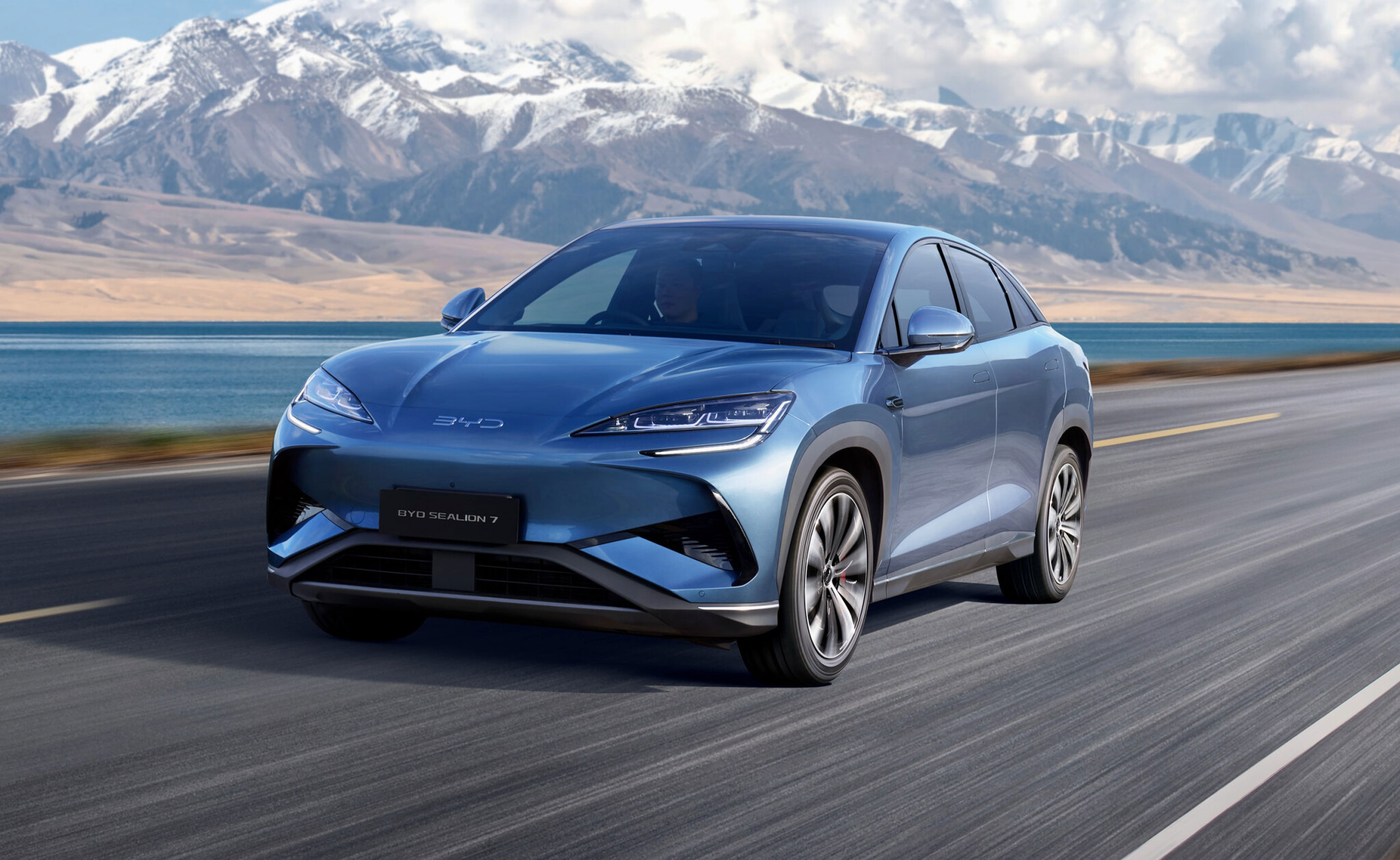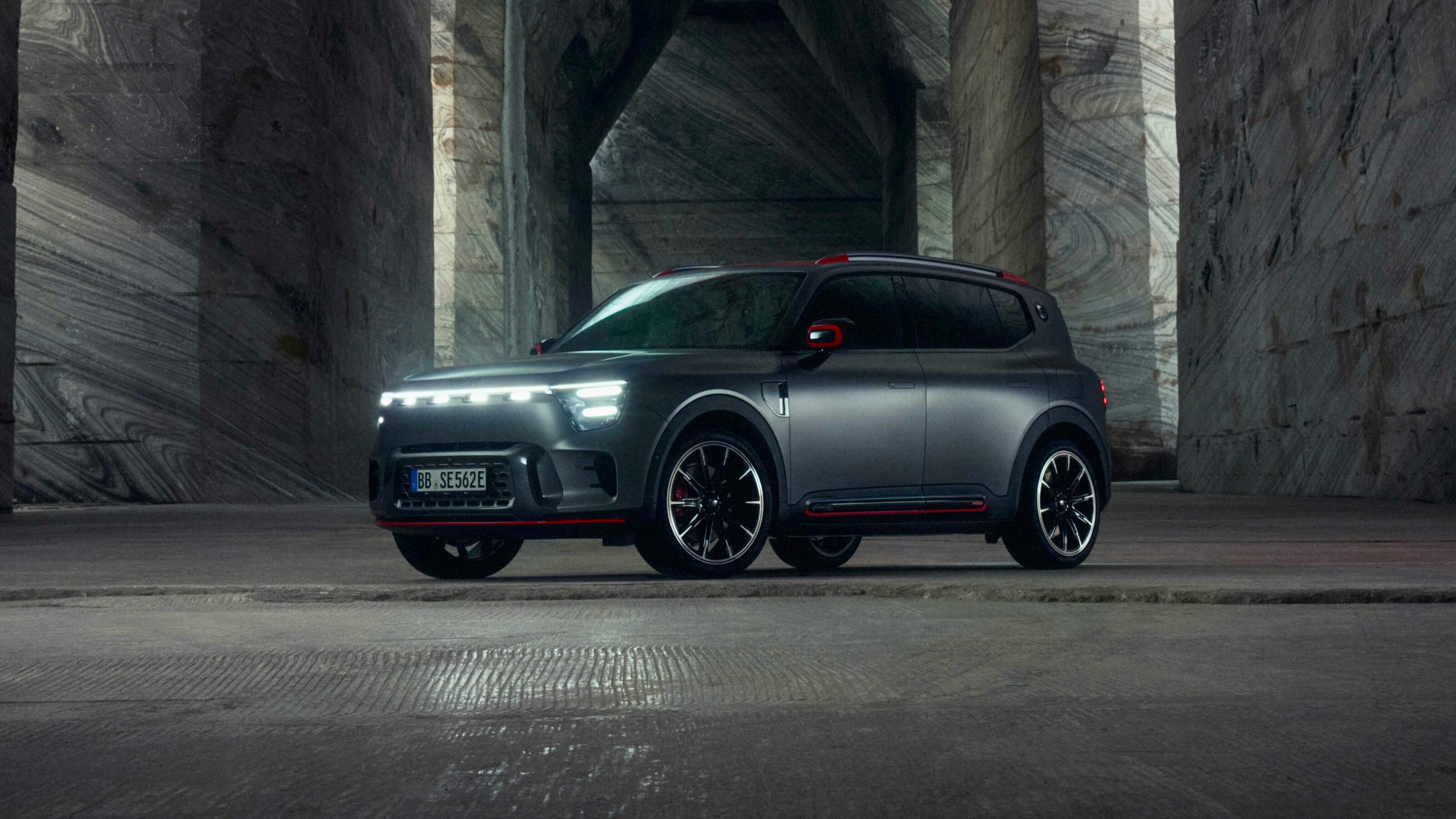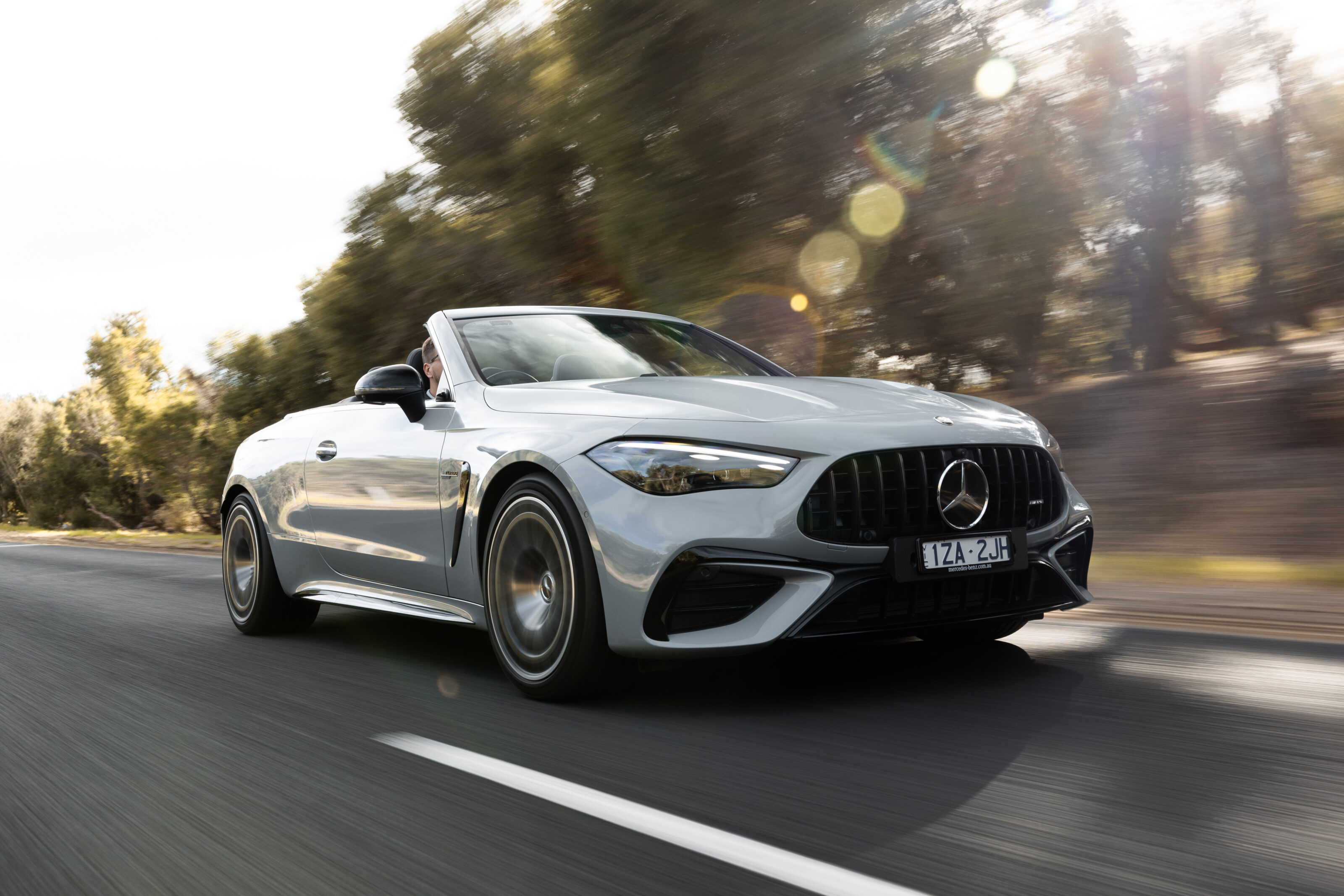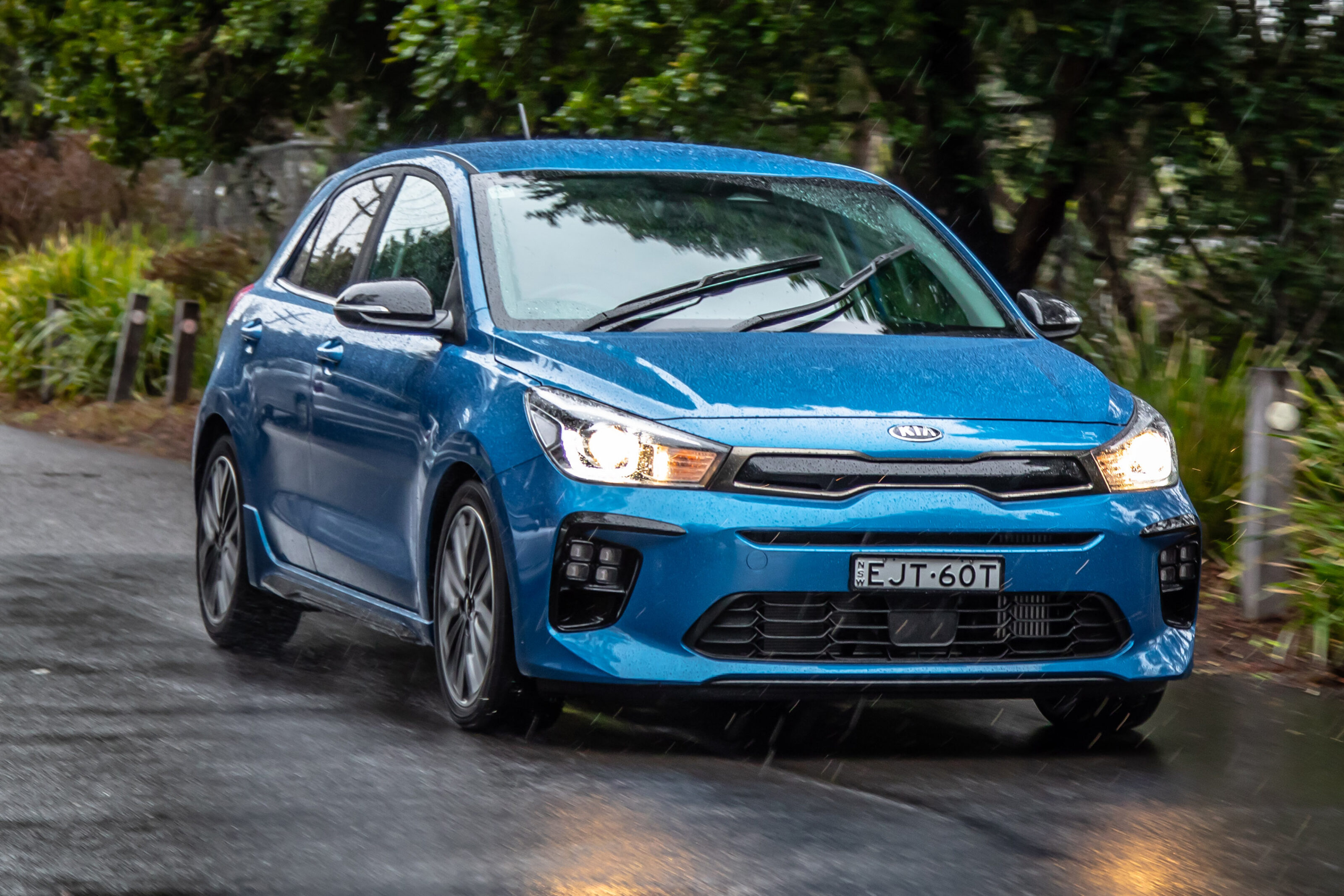
Snapshot
- Just 740 sales between the two Korean giants
- Kia outsold Hyundai for second consecutive time this year in June
- Hyundai Down Under since the 80s, Kia arrived in 1996
Kia is threatening to overtake its senior sibling company Hyundai as Australia’s favourite Korean brand for the first time.
The two companies, which are jointly owned but run independently, are split by just 740 sales at the halfway point of 2021 after June became the second consecutive month Kia outsold Hyundai.
Hyundai has sold 38,634 vehicles year-to-date compared with 37,894 units for Kia.
Hyundai has historically had the upper hand over Kia ever since the brand of which it is currently the majority shareholder joined it in Australia in 1996. Hyundai arrived locally a decade earlier.

Between 2009 and 2015, Hyundai comprehensively outsold Kia every year – by more than triple the volume in many cases.
The sales gap was widest in 2014, when Hyundai surpassed 100,000 sales for the first time in Australia and Kia had shifted just over 28,000 units.
Kia has closed the gap gradually since, with the brand’s sales increasing annually since it introduced an industry-leading seven-year factory warranty in 2014.
While the effects of the Covid-19 pandemic curtailed that run last year, a bigger hit for Hyundai sales meant the margin shrank to just 8000 in 2020. In March 2020, Kia outsold Hyundai for the first time in an individual month.
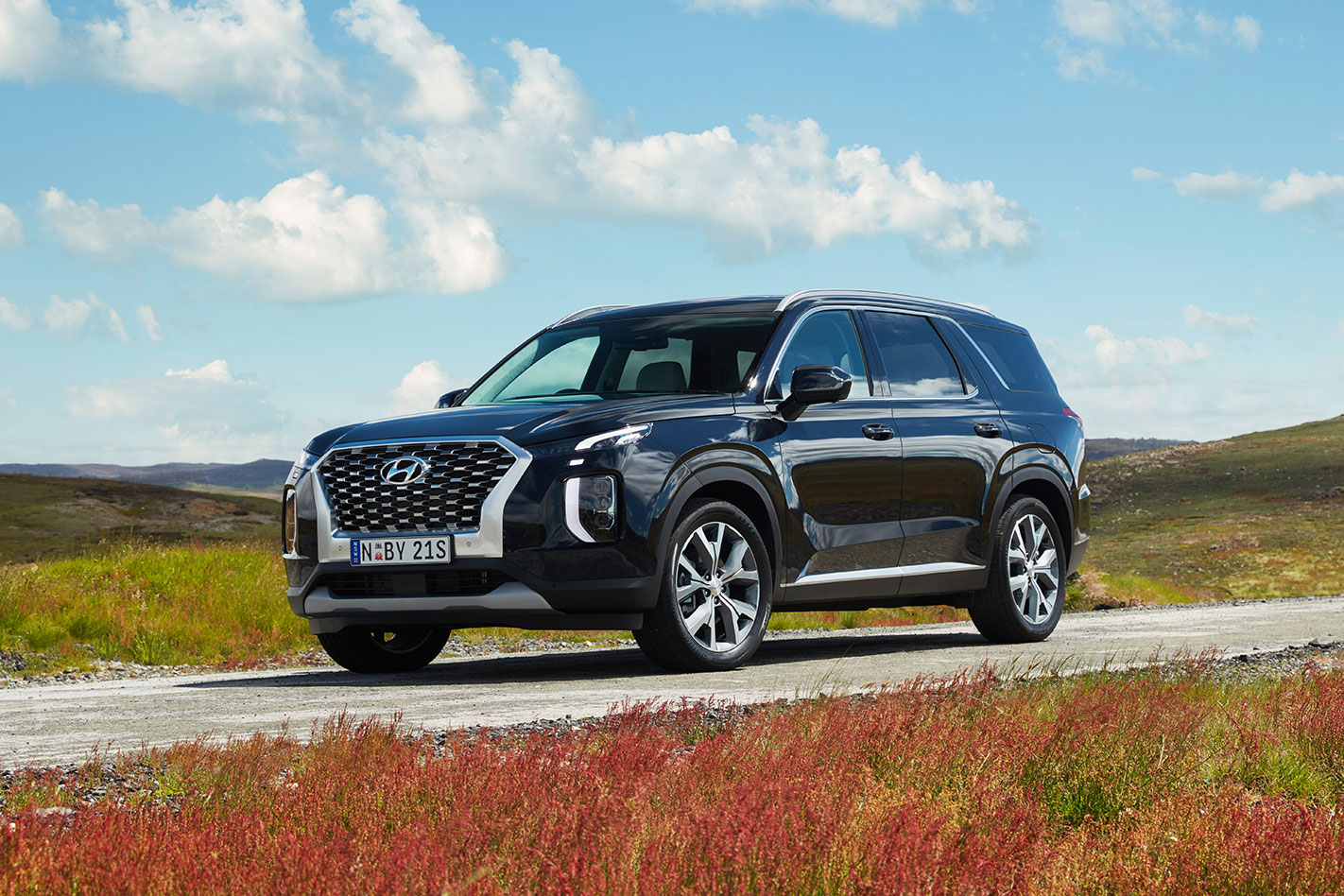
The companies share significant resources including vehicle platforms and drivetrains, meaning both have been susceptible to the ongoing semi-conductor shortages which have delayed delivery of some models, particularly higher trim grades.
While Hyundai’s sales are up 26 per cent to the end of June, Kia sales have increased by 43 per cent – well above the overall market’s year-to-date growth of 28 per cent.
Kia is already outselling Hyundai when counting passenger cars and SUVs only, as the company doesn’t offer a commercial van equivalent of the Hyundai iLoad (2206 units year to date).
Hyundai, however, has also abandoned the city-car class where the Kia Picanto and Kia Rio account for nearly 6500 sales.

It is just about leading in the micro-battles between twinned models which share platforms and components under the skin but feature significantly different design inside and out.
The Hyundai i30 small car’s 13,139 year-to-date sales are ahead of the Kia Cerato’s 10,756 units, with both models having been updated this year.
The Hyundai Kona compact SUV and Tucson mid-sized SUV have comfortable advantages over their Kia’s equivalent vehicles – the Seltos and Sportage, respectively.
Hyundai has only recently released a new-generation Tucson; Kia’s Sportage replacement is due later this year.
Kia’s seven-seater Sorento SUV is newer than Hyundai’s rival, the Santa Fe, and the former has overtaken the latter thanks to 115 per cent year-to-date growth. Santa Fe sales are up only 21 per cent, despite a recent facelift.
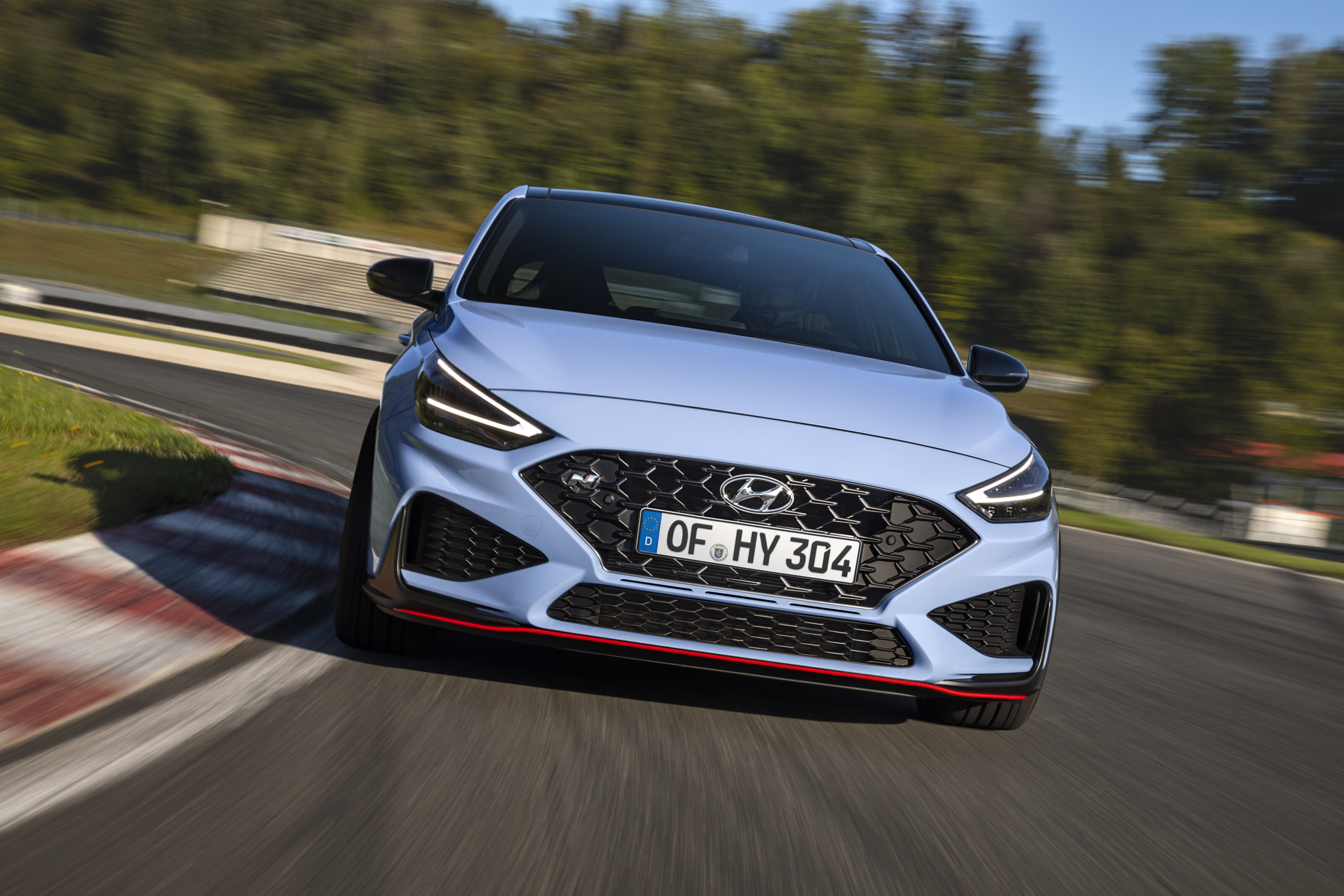
And Kia’s city-sized SUV, the Stonic, is a few hundred units ahead of Hyundai’s Venue, which is still enjoying strong growth of 89 per cent so far in 2021.
Hyundai doesn’t sell a version of Kia’s successful Carnival people-mover, though did introduce a new, larger SUV called the Palisade this year. Like the Carnival it can accommodate up to eight people and has made a promising start with 1848 sales so far in 2021, if not a match for the Carnival’s 3365 units.
Based on current growth rates, Kia would fall about a thousand units short of Hyundai’s 12-month total.
Neither company is the biggest-growing Korean brand in Australia so far this year, however. That honour goes to SsangYong, which is up 117 per cent year-to-date – albeit with much lower volume of 1421 units.
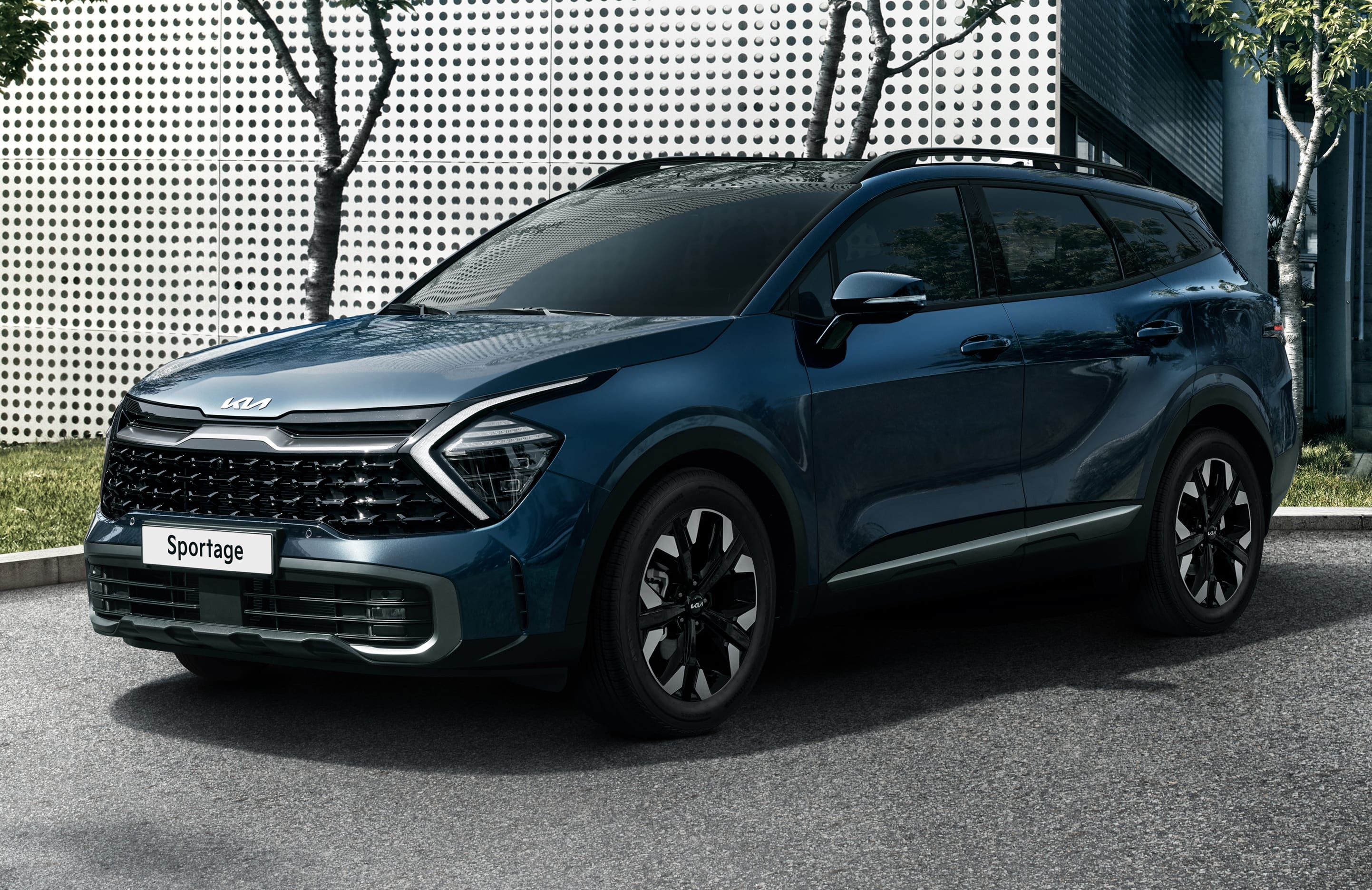
2021 So far: Hyundai versus Kia
| Month | Hyundai | Kia | Units Gap |
| Jan | 5951 | 5500 | Hyundai +451 |
| Feb | 6252 | 5871 | Hyundai +381 |
| Mar | 6852 | 5802 | Hyundai +1050 |
| Apr | 5772 | 5707 | Hyundai +65 |
| May | 6450 | 7124 | Kia +674 |
| Jun | 7357 | 7890 | Kia +533 |
| Total | 38,634 | 37,894 | 740 |
2006-2020: Hyundai versus Kia
| Year | Hyundai | Kia |
| 2020 | 64,807 | 56,076 |
| 2019 | 86,104 | 61,503 |
| 2018 | 94,187 | 58,815 |
| 2017 | 97,013 | 54,737 |
| 2016 | 101,555 | 42,668 |
| 2015 | 102,004 | 33,736 |
| 2014 | 100,011 | 28,005 |
| 2013 | 97,006 | 29,778 |
| 2012 | 91,536 | 30,758 |
| 2011 | 87,008 | 25,128 |
| 2010 | 80,038 | 23,848 |
| 2009 | 63,207 | 19,407 |
| 2008 | 45,409 | 19,661 |
| 2007 | 50,007 | 20,985 |
| 2006 | 46,523 | 20,770 |
We recommend
-
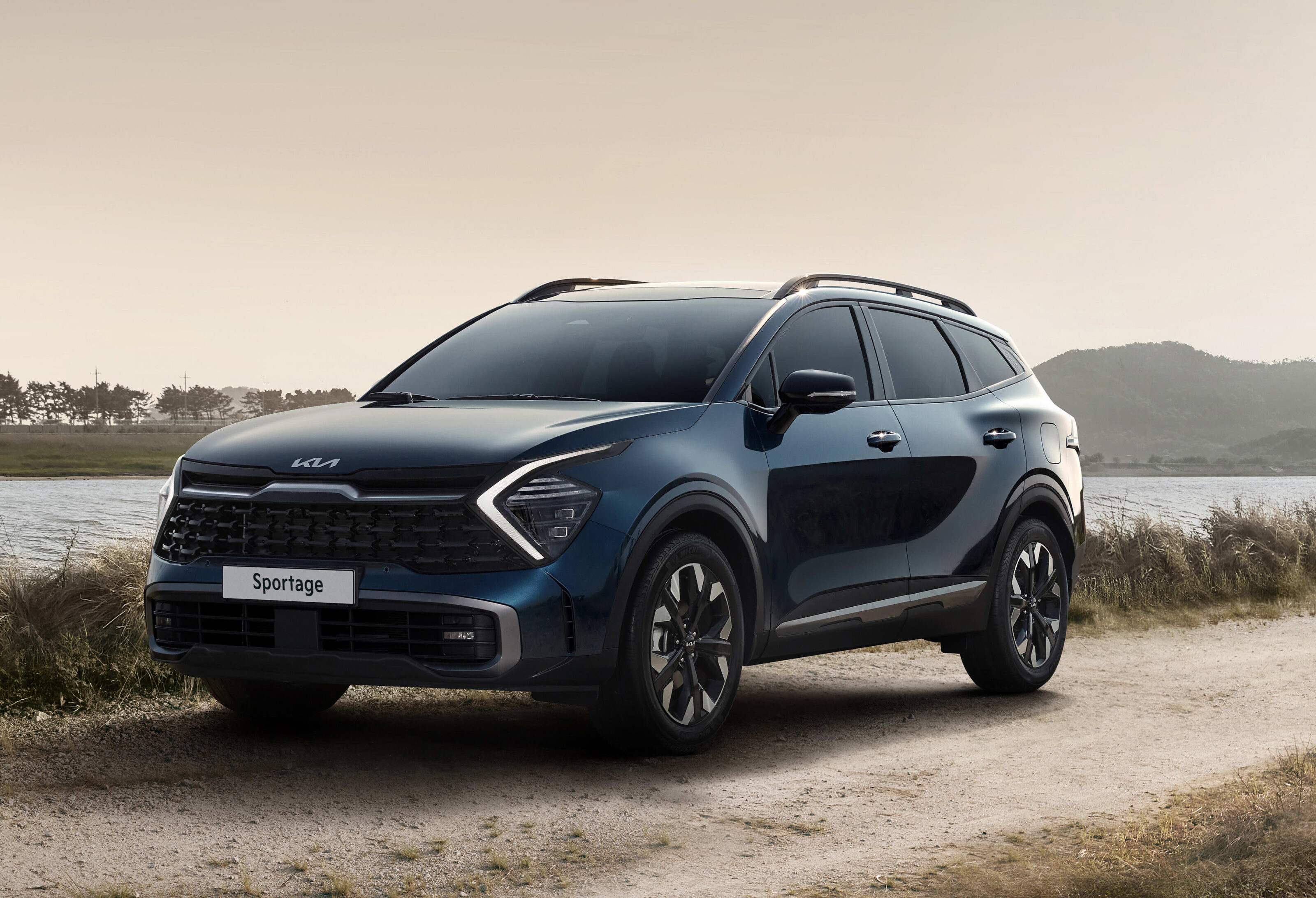 News
NewsKia Sportage makes global debut – expected Down Under late 2021
South Korean SUV receives first update in six years
-
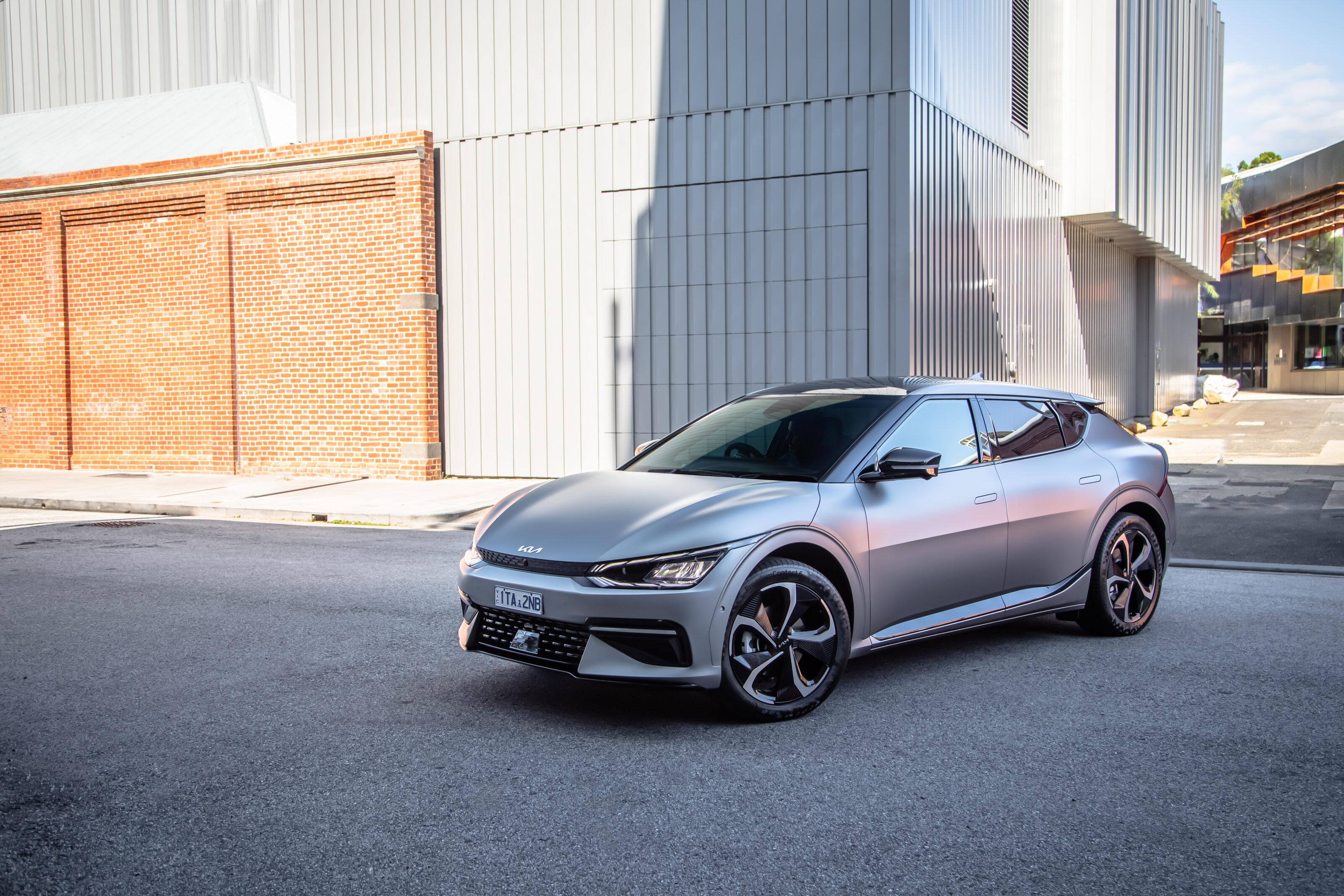 News
News2023 Kia EV6: Everything we know about the Ioniq 5's cousin
Kia’s first dedicated all-electric model will undercut its Korean cousin in pricing
-
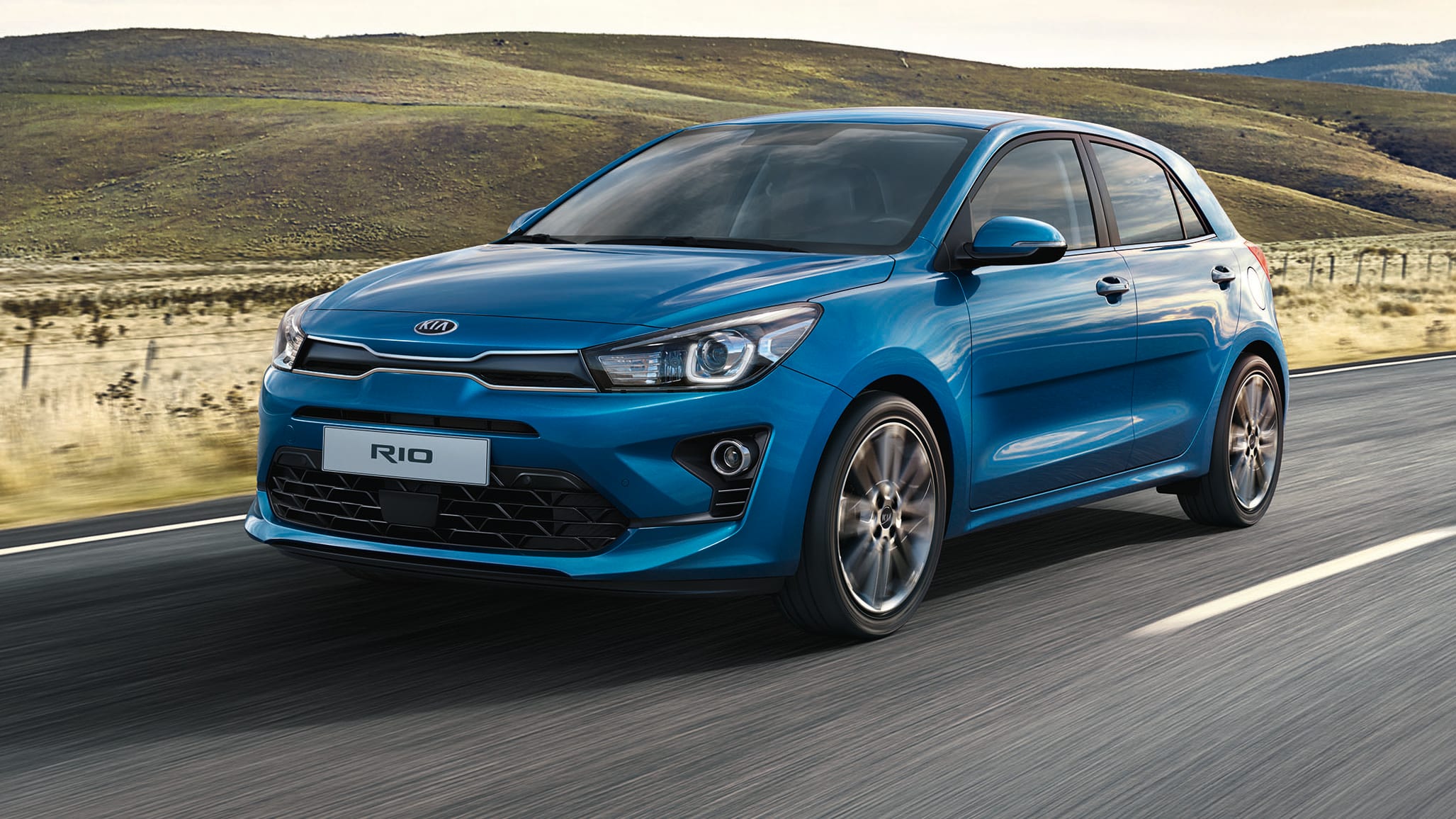 News
News2021 Kia Rio pricing and features
Kia has added another option to its popular city car line
-
 News
NewsUPDATE: 2022 Hyundai Santa Cruz ute teased in new video
Hyundai has offered the first proper look at its long-anticipated compact ute, due to launch in America soon. Australia, though? Maybe...
-
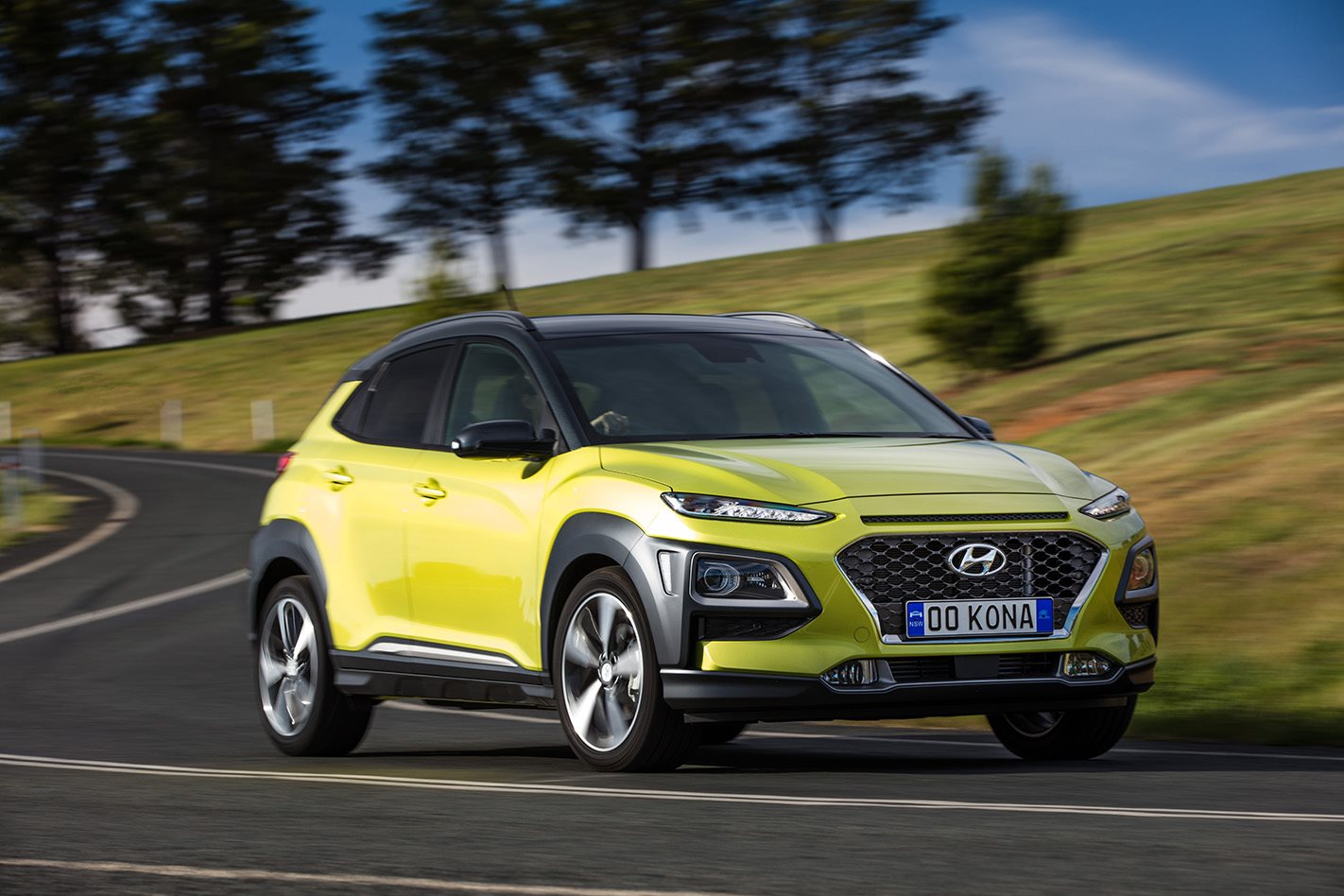 Reviews
Reviews2020 Hyundai Kona Range Review
The boldly-styled Hyundai Kona was the Korean brand’s first small SUV. It seats five, and has two petrol engine options including a 1.6-litre turbo. All-wheel drive is available.
-
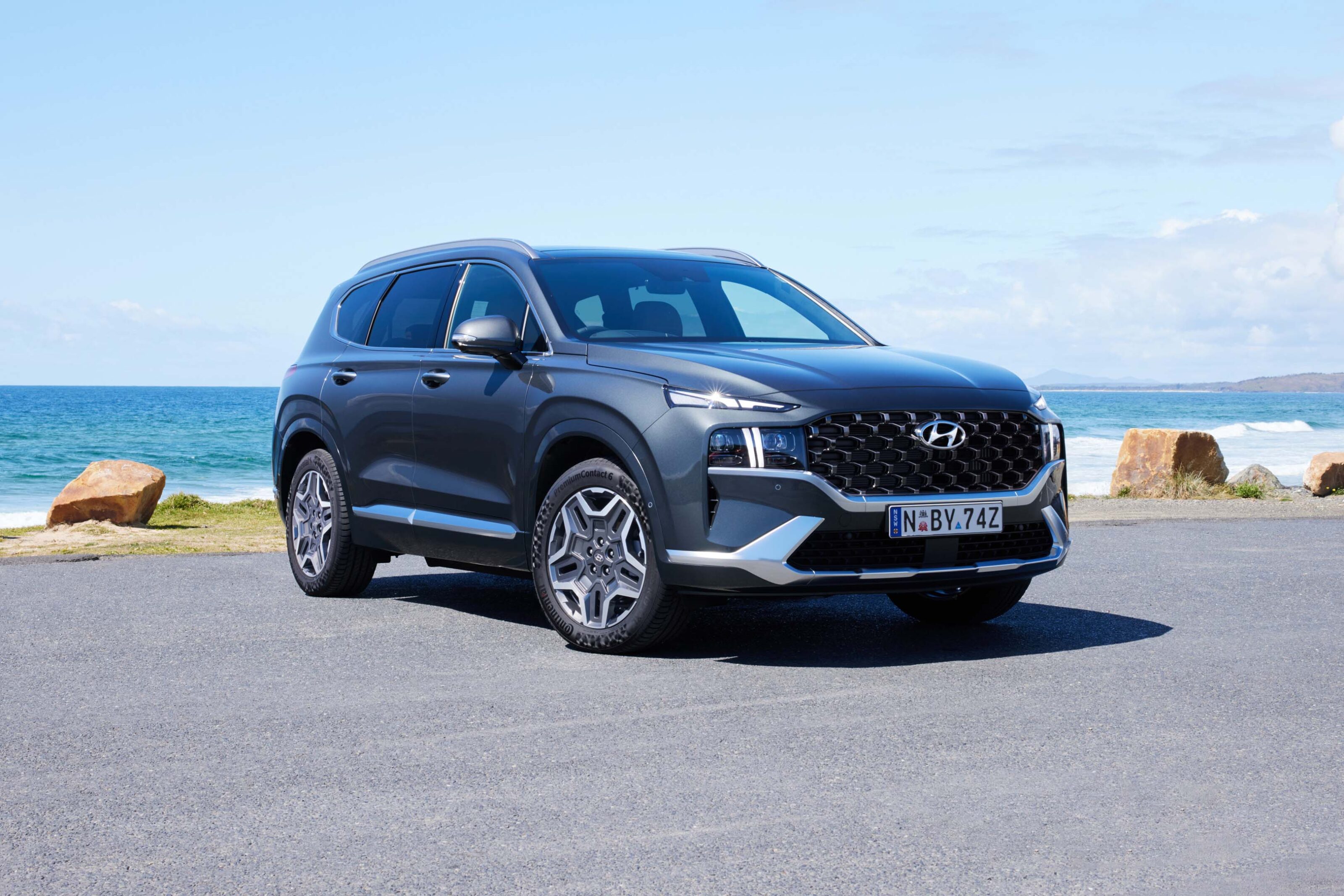 News
News2023 Hyundai Santa Fe Hybrid pricing and features
The hybrid Hyundai Santa Fe arrives in two flagship grades


